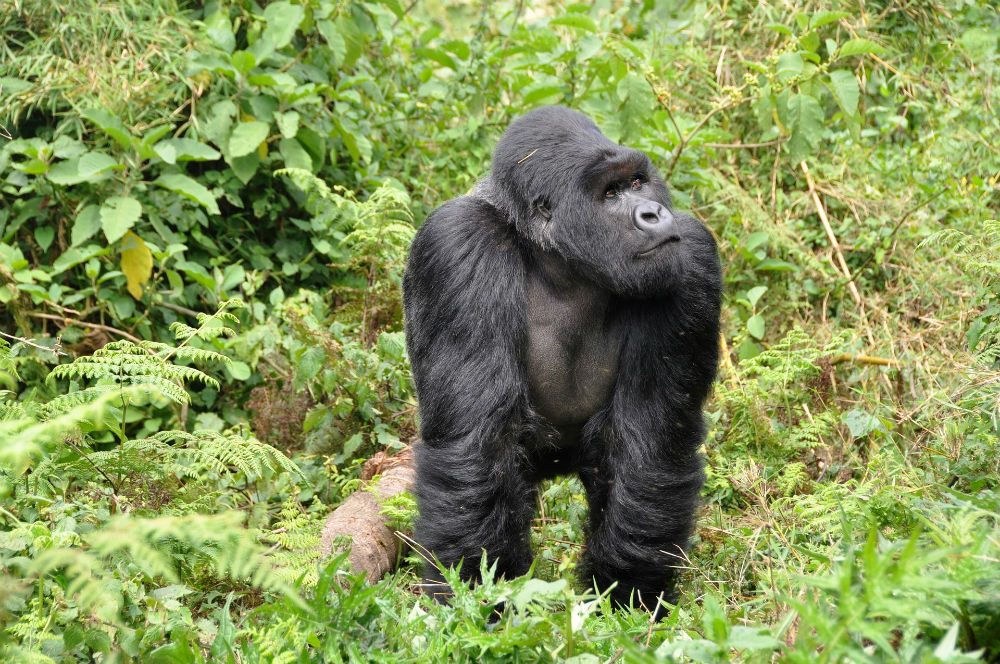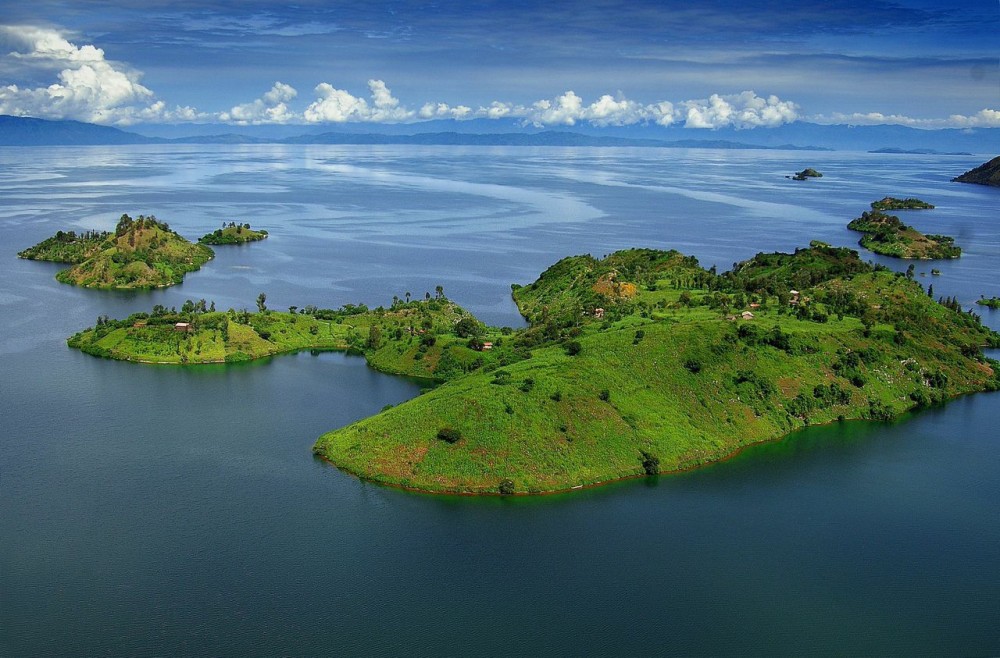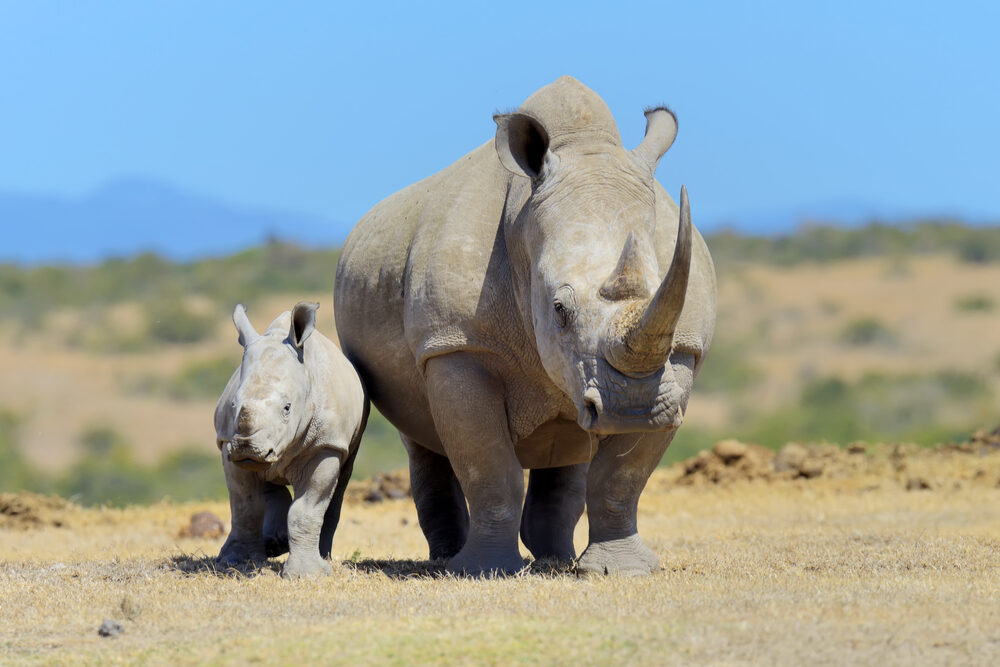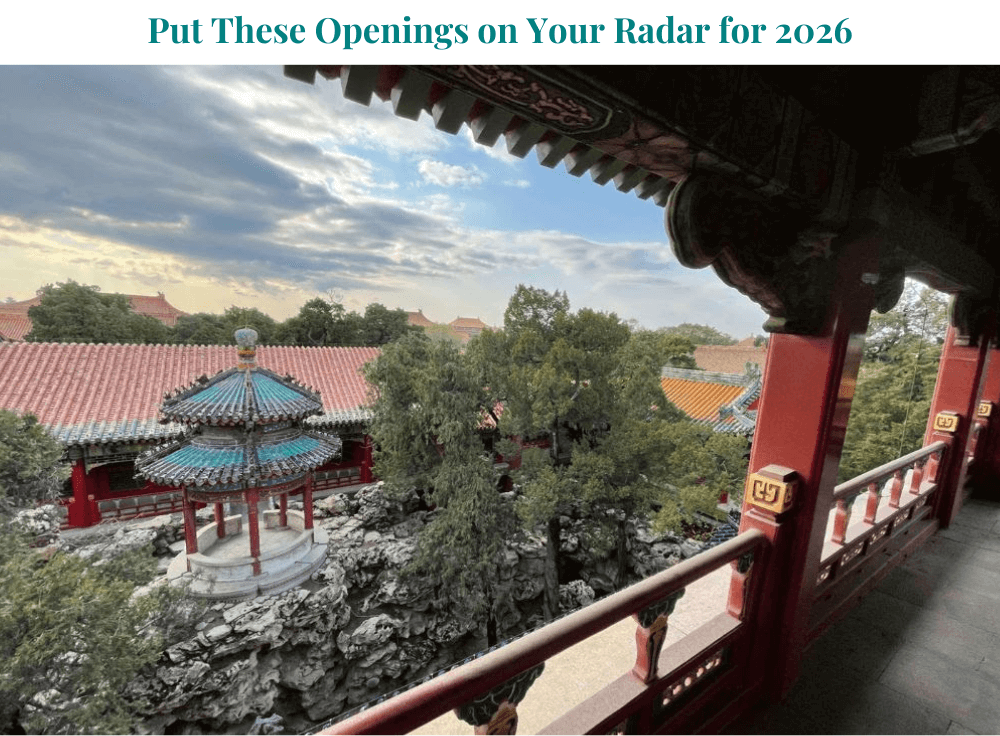Gorilla Trekking in Rwanda: Insider’s Guide
 Rwanda Gorilla. Photo: Pixabay
Rwanda Gorilla. Photo: Pixabay
In some cases, Wendy has several trip-planning specialists she recommends for a destination and would like to connect with you directly to determine who would best meet your needs. This is one of those cases. Please click on the CONTACT button (below) to find out from Wendy which travel expert is best for your specific trip goals and challenges.

Where to Stay and What to Eat
Best-value lodge
Amakoro Songa Lodge is located in Kinigi, just 10 minutes from Volcanoes National Park headquarters. Nestled in the village of Nyange, the lodge is surrounded by Muhabura, Gahinga and Sabyinyo volcanoes, with eight cottages spread over six acres. A range of activities is offered here, including community visits.
Accommodations worth the splurge
Singita Kwitonda Lodge is surrounded by high-altitude forest, with breathtaking views of Sabyinyo, Gahinga, and Muhabura volcanoes. The lodge has eight suites, one with two bedrooms, and the four-bedroom Singita Kataza House. Cooking classes and wine tasting are offered, along with visit to the local markets. Private gorilla treks can also be arranged—for a steep premium.
Bisate Lodge is surrounded by a natural landscape filled with biodiversity. The six Forest Villas’ unique architecture resembles traditional Rwandan design. Bisate offers guided walks of Mount Bisoke and local community visits.
Both Singita and Bisate often book up 18 months to 2 years in advance.
Where to sleep in the city
In Kigali, the capital of Rwanda: The Retreat is a lovely 20-room boutique hotel that is home to Fusion, one of the best restaurants in the city. If you stay at the four-bedroom private Villa Kigali, Dieuveil Malonga and his team from Meza Malonga (see “Restaurants the locals love,” below) will prepare your meals.
Dish to try
Luwombo, a traditional specialty of the region: chicken or meat with ground peanut sauce, steamed in banana leaves and served with chapatti; try it at African Bite in Kigali.
Restaurants the locals love
Kigali is a foodie’s delight. Some locals’ favorites are Afro-fusion Meza Malonga, by award-winning chef Dieuveil Malonga; Brachetto for Italian/tapas; Soy Asian Table; and Repub Lounge for a traditional Nyama (grilled) platter, live music, and a fabulous view of the city. Try the local Virunga Gold beer!
What to See and Do

Rwanda. Photography by Thousand Hills
Don’t miss
The Kigali Memorial Centre, which documents the 1994 genocide. The center and memorial gardens were created on a burial site for more than 250,000 victims. The size and scope of the slaughter is a difficult thing to contemplate, but the center symbolizes hope and forgiveness.
Question Coffee, a nonprofit initiative that trains women coffee farmers. They offer a two-hour coffee masterclass and a full-day farm trek.
Most underrated trek
Everyone hears about trekking to see gorillas, but not many know that you can trek to see chimpanzees in Rwanda. While this used to be hit-or-miss, it’s much more likely that you will actually see the chimps these days, as one of the groups has become more habituated to humans. And even if you do not see any, the cloud forest at Nyungwe National Park (the only place for chimp trekking) is fascinating, and is home to 12 other species of primates and more than 300 bird species.
Best for thrill seekers
The canopy walk in Nyungwe; the platform, which is over 160 feet above the ground and nearly 300 feet long, stretches across a steep and deep valley in the forest. You can see birds, colobus monkeys, and lots of flora.
Best Time to Go
Gorilla sightings are equally good all year long—but never guaranteed. However, the best time for gorilla tracking is June through September, when it’s cool and there is less precipitation (but remember, this is still the rain forest, and storms can hit any day).
Worst Times to Go
During April, May, and November, rain makes the hiking trails extremely muddy. Slippery slopes are not for everyone. Also avoid Easter and the last week of December, when lodging is limited and more expensive.
Biggest Rookie Mistakes
Not breaking in your hiking boots. You might have to trek as much as three hours each way to find the gorillas, and lately they have been on the move—so travelers must be, too. Wear your boots in advance, and ideally on some trails. Pack them in your carry-on or don them for your flight to Africa, as they’re irreplaceable if your luggage is lost.
Flash photos are not allowed on gorilla treks—know how to turn your camera’s flash off before your trek.
The Souvenirs
An Agaseke basket at the Caplaki Artists Cooperative in Kigali. These baskets, used for wedding gifts, religious offerings, or food for a sick friend, exemplify the spirit of generosity you’ll find throughout Rwanda.
Handmade papers and cards from Cards from Africa, which provides employment for orphaned youths; at its shop on the outskirts of Kigali, you can see the small-scale manufacturing process from start to finish.
Must-Have Apps
uTalk Kinyarwanda gives you the basics of Rwanda’s native language.
Rwanda Primates and Discover Rwanda National Parks are great ways to bone up in your spare time before your trip.
Airport Intel
Plastic bags are banned in Rwanda—it was one of the first countries to impose the ban in an attempt to crack down on litter—and confiscated on arrival. Be sure to bring reusable bags.
Tipping Tips
Don’t forget to tip not just your guide but your gorilla-trek porter, who will give you a walking stick to use during the trek, carry your backpack, and lend a helping hand (or a push from the rear) when you need it; most are former poachers. Suggested amounts are $20 per person for your guide and $10 per person for your porter.
Don’t Forget to Pack
Gardening gloves help when you need to grab a branch on your trek; these trails can be steep and slick.
Bragging Rights
In exchange for a donation to the organization, a private visit can be arranged to the Mountain Gorilla Veterinary Project in Musanze—the only source of veterinary care for the 880 mountain gorillas and approximately 8,500 Grauer’s gorillas left in the wild. This international team of caretakers monitors the magnificent beasts and treats their illnesses and injuries. After touring the project you’ll enjoy dinner with the vets, who can discuss the challenges they face, the diseases that affect the animals (some caused by humans), and what they’ve accomplished so far.







